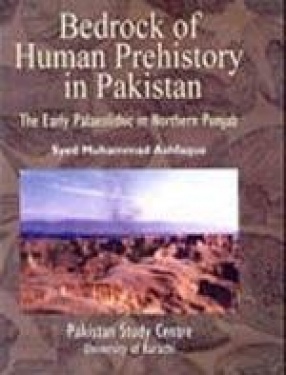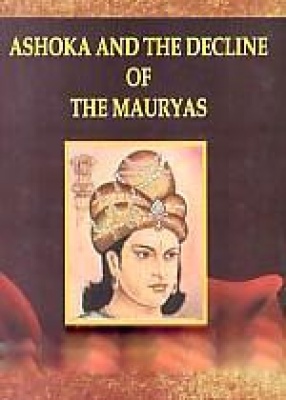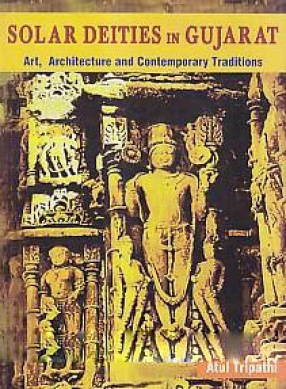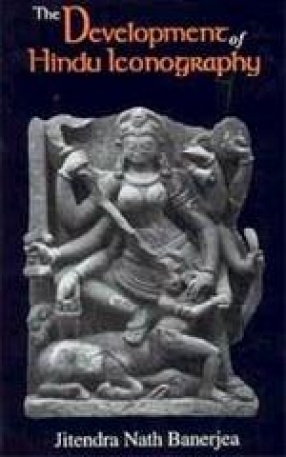This Monograph on Palaeolithic Archaeology of northern Punjab is based on field studies by the author, spreading over more than ten years. It discusses the subject in the northern India in 1935, when De Terra and Paterson called the attention of the Scholars of Prehistory in Potohar Plateau as one of the earliest nurseries of human cultures in the World. The significance of their archaeological discoveries was nearly lost during the turmoil of the World War II, and in the years of the political upheavals, which divided the British India into Pakistan and Bharat. After Independence, short field works were sporadically undertaken by various Foreign Archaeological Missions to Pakistan, which showed no systematic and tangible progress over what had been observed by De Terra and his associates. The present work is remarkable in many ways, one of which is the stratigraphic revision of the landscape in the Soan Valley, where De Terra was confused in correlating certain late geological units. For comparative chronology of the stone tools, De terra had devised a system of Soan Terraces, which are now shown to be the result of false interpretation of the erosional geomorphology of the silt and aeoline deposits. More than half a century of progress in the techniques of Geochronology since De Terra’s work, has placed the modern investigators in an advantageous position. They can utilize the quantitative data of Palaeomagnetic (Palaeomag), Thermoluniscence (TL), and Fission-track dating in solving the Age problem of the hominid artifacts. The earliest stone tools extracted from stratigraphic context in Pinjaur beds in Potohar region are about 2 million years old! The author points to be exciting possibility of locating actual hominid remains at dozons of spots of mammalian fossil deposits surveyed by his associates, and the team of the Culture Department of the Governemnt of the Panjab, led by Dr. S.R. Dar. He emphasizes the need for concerted field works for discerning the biological and cultural evolution of the Human race in northern Punjab. The present Monograph does not claim to be a final report of the Palaeolithic researches accomplished in northern Punjab. It is rather a midway stocktaking of the work done intermittently so far, and it may serve as a starting point for further fieldwork. To that end, the author has added a number of useful appendices to guide the enthusiasts of the subject through its practical details. The Monograph fills up a conspicuous lacuna in the Bibliography of Scientific Literature on Pakistan at academic level of International standard. The lucid details of many aspects of the cultural evolution make it a rewarding study for the specialists, as well as, for intellectuals in general. It is a useful addition to the public and private libraries on the subject of Palaeolithic Studies.
Ashoka and the Decline of the Mauryas
$38.70
$43.00





There are no reviews yet.